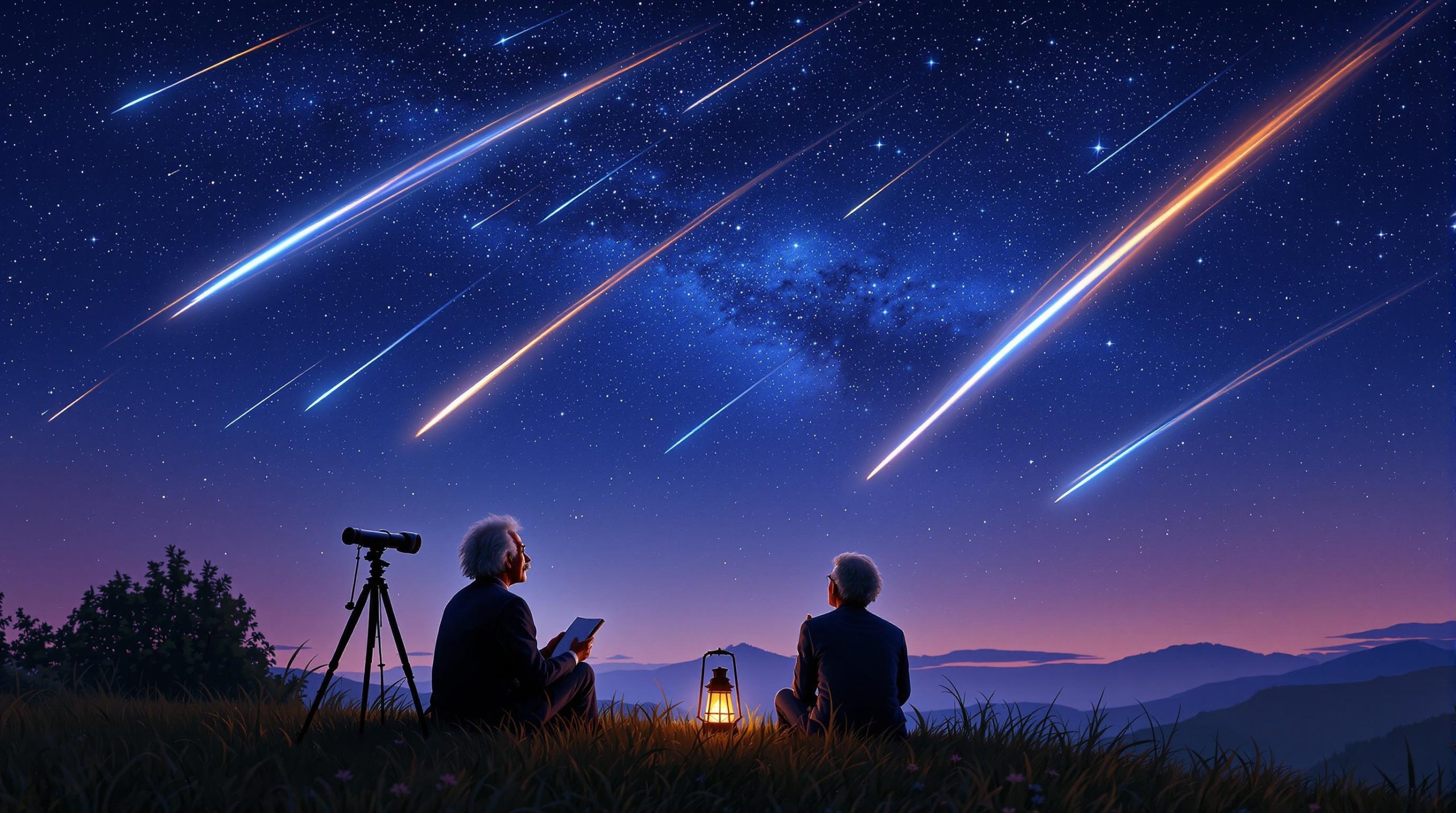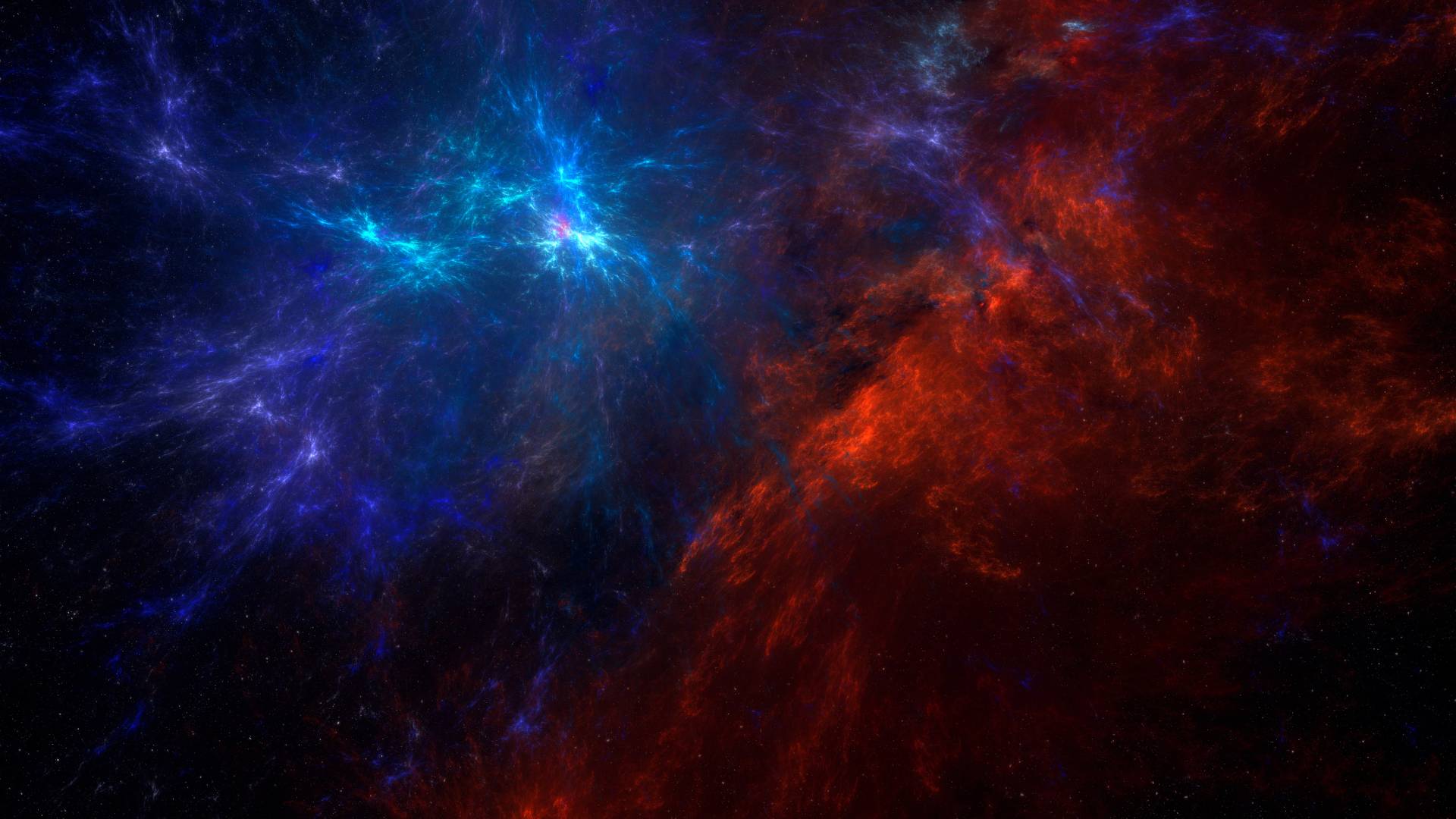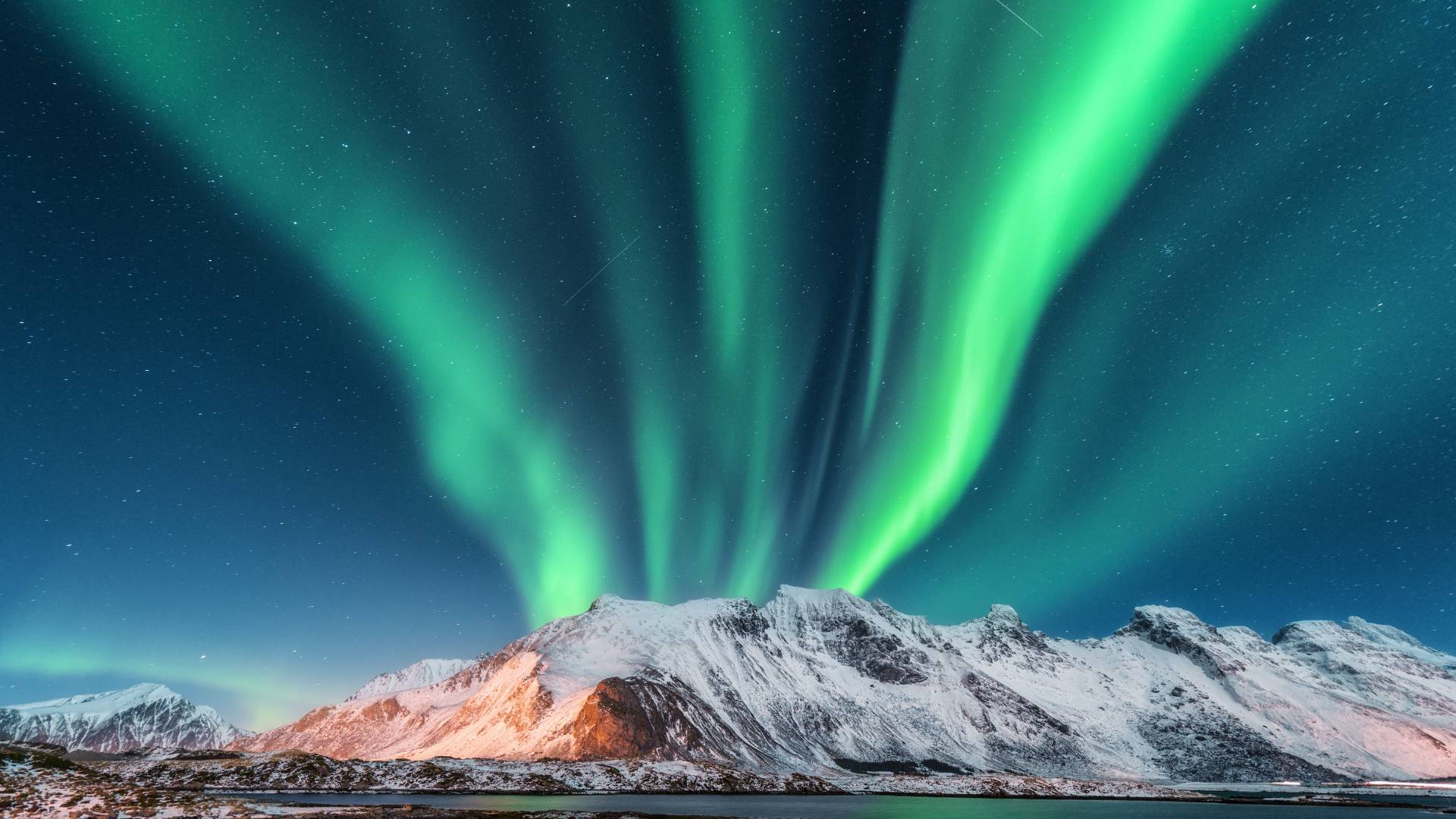There’s nothing quite like watching a shooting star streak across the night sky, its brilliance sparking awe and curiosity. But what exactly are these fleeting celestial wonders, and what causes the dazzling displays we know as meteor showers? In this article, we’ll explore The Science of Shooting Stars, unraveling the mysteries behind their origins, behavior, and the spectacular shows they create for stargazers worldwide.
At SpaceyV, we’re passionate about exploring the cosmos, and shooting stars are one of the most magical phenomena to witness. Let’s dive into the science that makes them so fascinating.
What Are Shooting Stars?
Despite their name, shooting stars aren’t actually stars. They are meteors—small bits of rock or dust from space that enter Earth’s atmosphere at high speed. As they streak through the atmosphere, the friction caused by their movement generates heat, causing them to glow brightly before burning up completely.
Key Facts About Shooting Stars:
- Composition: Most meteors are fragments of asteroids or comets.
- Speed: They travel at speeds ranging from 25,000 to 160,000 miles per hour.
- Size: The majority of meteors are no larger than a grain of sand.
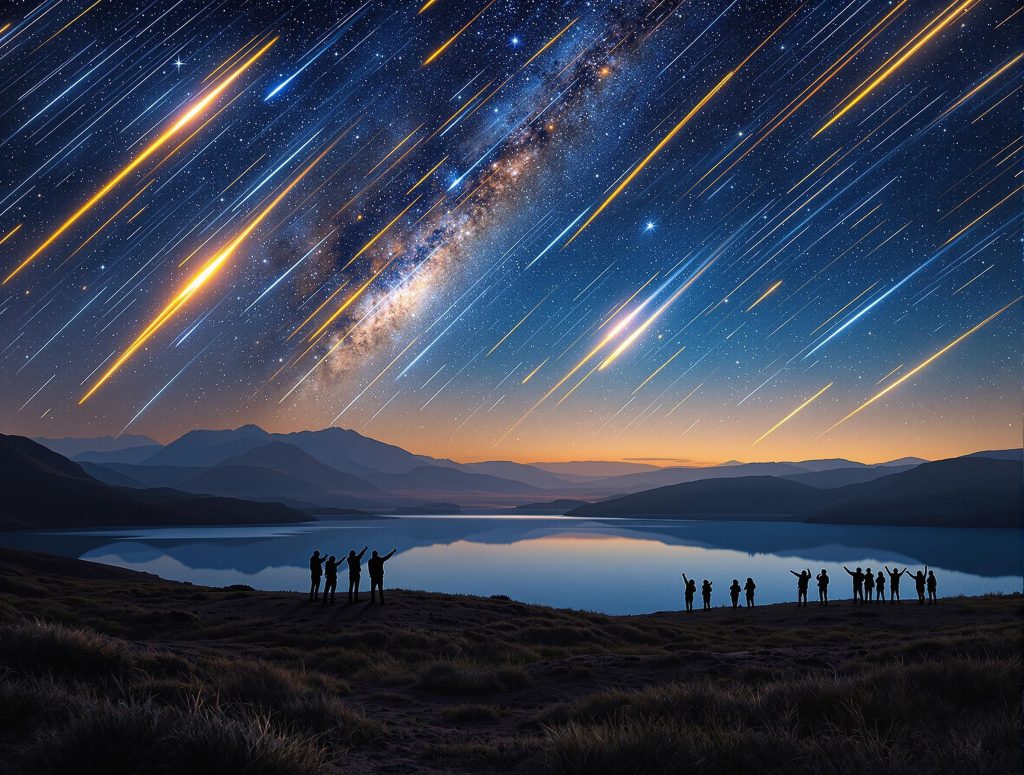
Meteor Showers: A Cosmic Spectacle
Meteor showers occur when Earth passes through the debris trail left behind by a comet or asteroid. The particles in this trail burn up as they enter the atmosphere, creating a concentrated flurry of meteors visible from Earth.
How Meteor Showers Form:
- Parent Body: A comet or asteroid leaves behind a trail of debris as it travels through space.
- Earth’s Orbit: When Earth crosses this debris trail, the particles enter the atmosphere and create a meteor shower.
- Radiant Point: Meteors appear to originate from a single point in the sky, known as the radiant.
Famous Meteor Showers to Watch
Some meteor showers are annual events, offering a predictable schedule for stargazing enthusiasts:
- Perseids (August): Originating from the comet Swift-Tuttle, the Perseids are known for their bright, fast meteors.
- Leonids (November): Created by debris from Comet Tempel-Tuttle, these meteors can occasionally produce meteor storms with hundreds of meteors per hour.
- Geminids (December): One of the most reliable and dazzling showers, the Geminids are unusual because their parent body is an asteroid rather than a comet.
The Science Behind the Glow
The luminous streak of a shooting star is the result of a process known as ablation. As a meteor enters the atmosphere:
- Compression: Air in front of the meteor compresses rapidly, causing intense heat.
- Ionization: The heat ionizes gas particles around the meteor, creating a glowing plasma trail.
- Light Emission: The glowing plasma emits light, producing the characteristic streak of a shooting star.
Why Do Some Meteors Appear Colorful?
The color of a meteor depends on its composition:
- Iron: Yellow or gold.
- Calcium: Violet.
- Sodium: Bright orange.
- Magnesium: Bluish-green.
Shooting Stars and Wishes: A Cultural Perspective
The beauty of shooting stars has inspired myths and traditions across cultures. The idea of making a wish upon a shooting star dates back to ancient Greece when astronomer Ptolemy suggested they were a sign of the gods observing humanity.
In modern times, meteor showers continue to capture our imagination, blending science with a touch of magic.
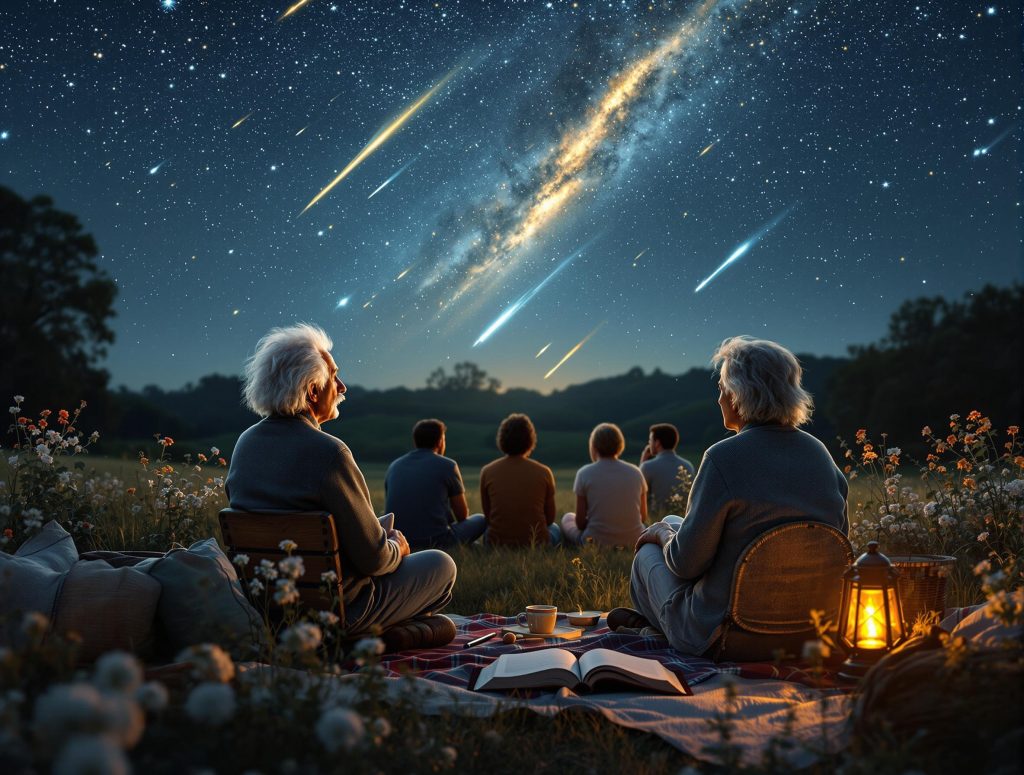
How to Watch Meteor Showers
Watching a meteor shower can be a magical experience, but preparation is key to making the most of it. Here’s a step-by-step guide to ensure you enjoy every shooting star:
1. Choose the Right Meteor Shower
Some meteor showers are more active and reliable than others. For example, the Perseids, Geminids, and Leonids are known for their spectacular displays. Research upcoming meteor showers and their peak dates.
2. Find the Best Viewing Location
- Escape Light Pollution: Head to a dark-sky location, far from city lights. Rural areas, national parks, or designated dark-sky parks are ideal.
- High Elevation: If possible, find a spot with a clear, unobstructed view of the sky. Higher altitudes often offer better visibility.
3. Check the Weather
Clear skies are essential for viewing meteors. Use a weather app or website to confirm the forecast for your chosen night and location. Avoid nights with heavy clouds, fog, or rain.
4. Prepare for Comfort
- Dress Warmly: Meteor showers often peak during the cooler months or late at night, so wear layers to stay warm.
- Bring Gear: Use a reclining chair, blanket, or sleeping bag to lie back comfortably while watching the sky.
- Pack Snacks and Drinks: A thermos of hot coffee or cocoa and some snacks can make the experience even more enjoyable.
5. Timing is Everything
- Peak Times: Meteor showers are most active during their peak, which is usually after midnight.
- Radiant Point: While meteors can appear anywhere in the sky, they originate from a specific constellation (the “radiant point”). For example, the Perseids radiate from the constellation Perseus. Use a star chart or astronomy app to locate the radiant, but keep your eyes on the broader sky for better coverage.
6. Let Your Eyes Adjust
Spend at least 20–30 minutes in darkness to let your eyes adapt to the night sky. Avoid using bright phone screens or flashlights; if you need light, use a red-filter flashlight to preserve your night vision.
7. Be Patient
Meteor watching requires patience. Some showers produce up to 60–100 meteors per hour during their peak, but they might come in bursts with quiet intervals in between.
8. Use Technology Wisely
- Meteor Shower Apps: Apps like Star Walk, SkySafari, or Meteor Shower Calendar can guide you to the best viewing times and locations.
- Photography Tips: For capturing meteors, use a DSLR camera with a wide-angle lens, long exposure, and a tripod. Aim at the radiant point and adjust the settings for low-light photography.
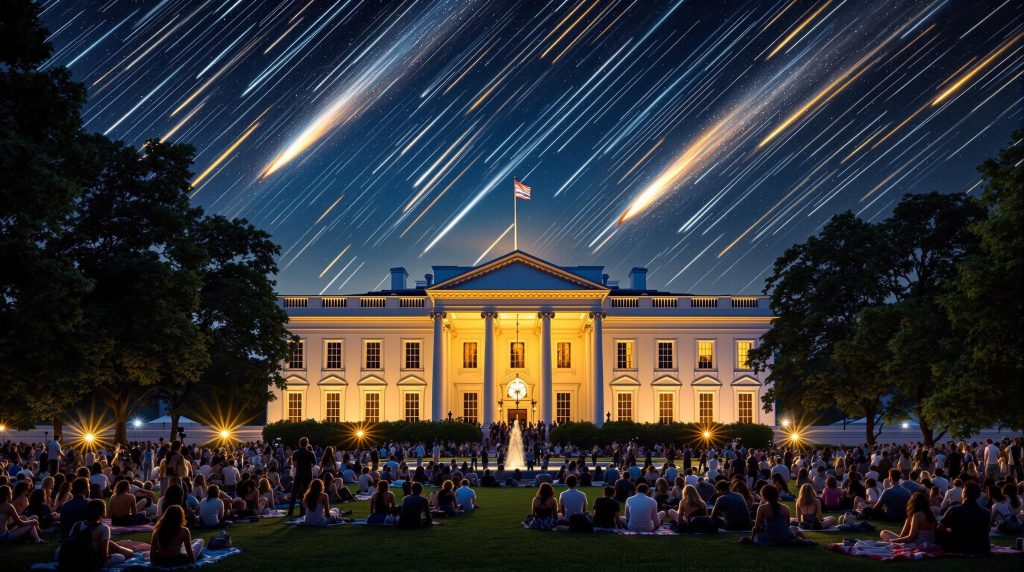
Why Shooting Stars Matter to Science
Studying meteors provides valuable insights into the composition of the solar system:
- Clues to Solar System Formation: Meteors are remnants of early solar system materials, offering a glimpse into its origins.
- Potential Resources: Some meteors contain rare elements, including metals that could be mined in the future.
- Planetary Defense: Understanding meteors helps scientists prepare for potential asteroid impacts.
The Future of Meteor Science
With advancements in technology, scientists are now tracking meteors with radar, telescopes, and even satellite imagery. These tools enable detailed studies of their trajectories, origins, and the impact they have on Earth’s atmosphere.
Explore the Cosmos with SpaceyV
At SpaceyV, we believe the universe is full of wonders waiting to be discovered. The science of shooting stars not only enriches our understanding of space but also reminds us of the beauty and mystery of the cosmos.
Resources for More Exploration:
- NASA’s Meteor Resources
- International Meteor Organization
- EarthSky’s Meteor Shower Guide
Stay tuned to SpaceyV for more fascinating articles about space, astronomy, and the wonders of the night sky!
Would you like a custom image prompt to pair with this article?

